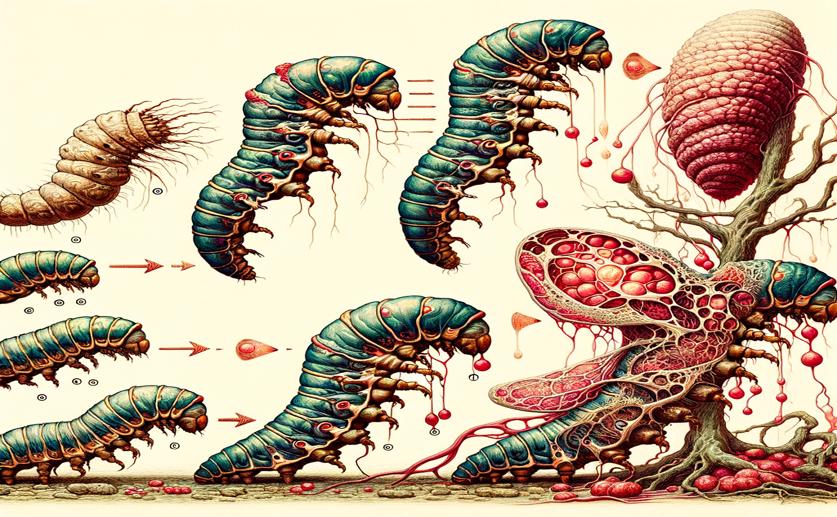
Evolution, Venom Effects, and Cell Damage from the Electric Caterpillar's Poison
Jim Crocker
20th June, 2024

Image Source: Natural Science News, 2024
Key Findings
- Researchers at The University of Queensland studied the venomous caterpillar C. monomorpha from North-Eastern Australia
- C. monomorpha venom is rich in aerolysin-like proteins, unlike other Limacodidae venoms which are peptide-rich
- The venom causes acute pain, redness, and swelling by disrupting cell membranes, similar to asp caterpillar venom
References
Main Study
1) Phylogeny, envenomation syndrome, and membrane permeabilising venom produced by Australia's electric caterpillar Comana monomorpha.
Published 19th June, 2024
https://doi.org/10.1038/s41598-024-65078-1
Related Studies
2) Production, composition, and mode of action of the painful defensive venom produced by a limacodid caterpillar, Doratifera vulnerans.
3) Venom composition and bioactive RF-amide peptide toxins of the saddleback caterpillar, Acharia stimulea (Lepidoptera: Limacodidae).
4) The venom of the Lonomia caterpillar: an overview.
Journal: Toxicon : official journal of the International Society on Toxinology, Issue: Vol 49, Issue 6, May 2007



 11th June, 2024 | Jenn Hoskins
11th June, 2024 | Jenn Hoskins